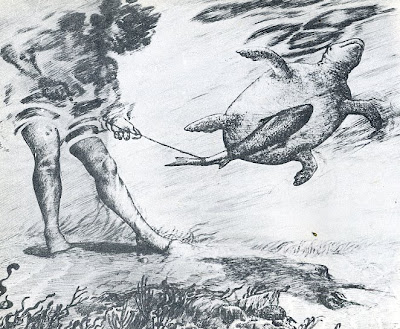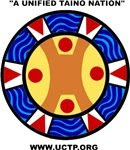
Did You Know: The Taíno deity or spirit of the winds and storms is a female entity named Guabanseh (Guabancex). Contrary to the reports of some Spanish chroniclers, in ancient times Taíno did not view this force of nature as something ‘evil’. Traditionally, Taíno viewed Guabanseh as a powerful natural manifestation to be respected and honored with song. Guabanseh has two assistants: Guatauba and Koatriske (Coatrisque). Combined, they manifest as the wind, thunder and floods during intense storms and hurricanes. Guatauba, as the thunder, was the herald who announced Guabanseh's pending arrival. Koatriske followed the wind and thunder and brought the devastating power of the flood. The early chroniclers also reported that it was common for Taíno mariners to curtail long sea voyages during the hurricane season from June to October. One early Spanish chronicler wrote: "They say that when Guabancex becomes angry, she makes the winds and waters move and cast houses to the ground and uproots trees." Additionally, the Spanish colonizers were also quite amazed and remarked on how many of the seemingly simple thatched homes of the Taíno could withstand the intense tropical storms. There are also reports of island caves being used by some communities as places of refuge and storage during these storms. The english word "hurricane" and the Spanish word "huracan" both derive from the Taíno term "hurakan." Among Taíno today there are some who, similar to the Maya, see the hurakan as a separate spiritual being while others view "hurakan" not as a deity, but an action term describing the "wind or breath from the center" of Guabanseh. The early accounts of the Spanish support the later view. Consciously or on consciously, modern meteorologists long paid homage to Guabanseh via the early tradition of naming hurricanes after females. – © UCTP Taíno News 2011
*Image of Guabanseh courtesy of Michael Auld.











